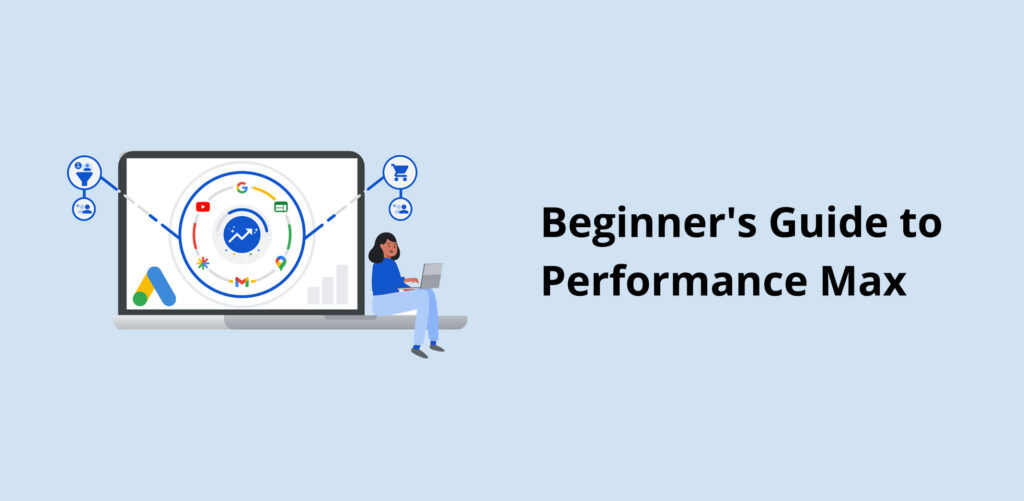If you have been around in the world of PPC long enough, you would know creating a single Google Ads campaign is a cup of tea. But creating several Google Ads campaigns for various advertising platforms is a tricky and time-consuming task that can often be overwhelming.
With Google’s newest addition to the world of ads, Performance Max is your answer to all the campaign and ad-related woes!
With Performance Max, you can eliminate all the manual labor of setting up targeting, bidding, and ad copy in one shot, saving you significant time.
Sounds fascinating right? We know! This is why we will cover everything you need to know about Performance Max to make your ad game stronger!
What exactly is Performance Max?
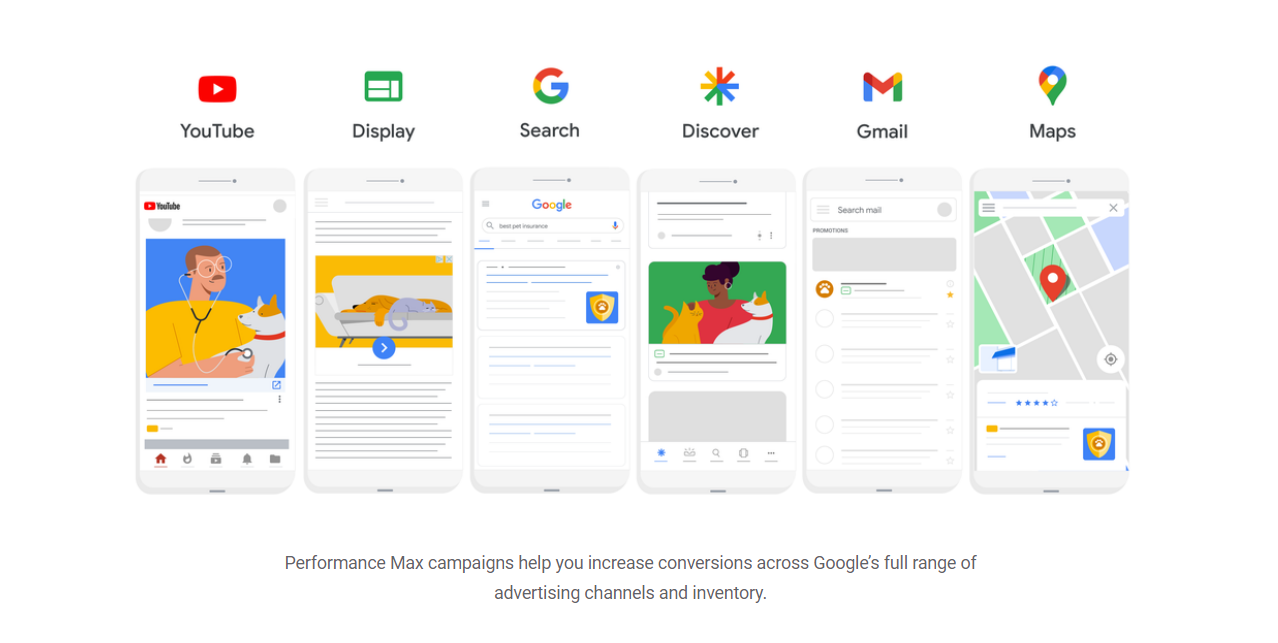
The Performance Max is a new sort of automated Google Advertising campaign tool that usesartificial intelligence to display responsive ads across the major networks like Google Search, Display, YouTube, Gmail, Discover.
Simply put, the Performance Max campaign type is a one-size-fits-all campaign type that provides you with all of the Google Ads inventory while demanding the least amount of labor.
All you need to do is submit up to 15 photos, 5 logos, 5 headlines, 5 lengthy headlines, and 5 descriptions. Now sit back & relax Google will do the rest for you.
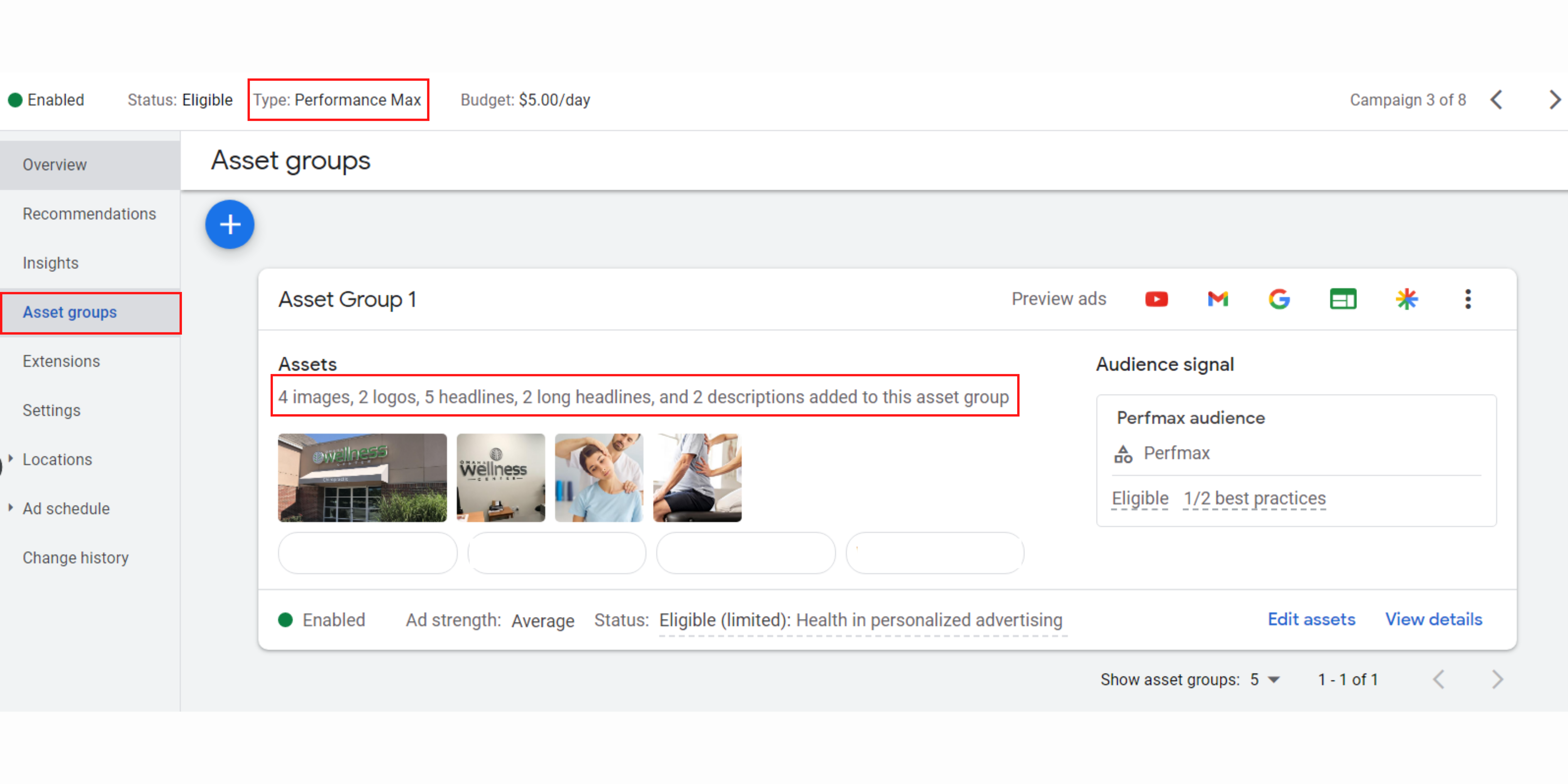
Then, based on the aim that the advertiser specifies, its AI systems will automatically display the appropriate advertising across those channels, utilizing the automated Smart Bidding feature, which means that you won’t have to customize each ad for each specific platform.
The primary distinction between Performance Max and regular campaigns is that Google Performance Max automates campaign targeting and delivery based on the information provided by the advertiser.
How does Performance Max work?
Performance Max is a goal-based automated campaign type that leverages machine learning or AI to provide relevant ads with the best bid to optimize campaign performance.
But how does Pmax actually works?
- It starts with the advertiser setting a marketing goal, followed by conversion targets to support it.
- Then assign various goals and numerous assets like images, videos, heading, etc., to a single campaign so that your efforts are structured to achieve the best ROI.
- After which, you designate a budget & geo-target to allow PMax campaigns to use automated bidding and targeting technology to help you invest your budget more efficiently.
- For optimum return, you should also provide access to Feeds like Google My Business, Google Merchant Center, Dynamic Ads feed, Business data feeds, etc.
- It is also advisable to provide Optional Audience Signals such as First-Party Audiences (including Remarketing Lists) and Google Audiences (including Custom Audiences) for best results.
You can read more about it here.
Who should try Performance Max?
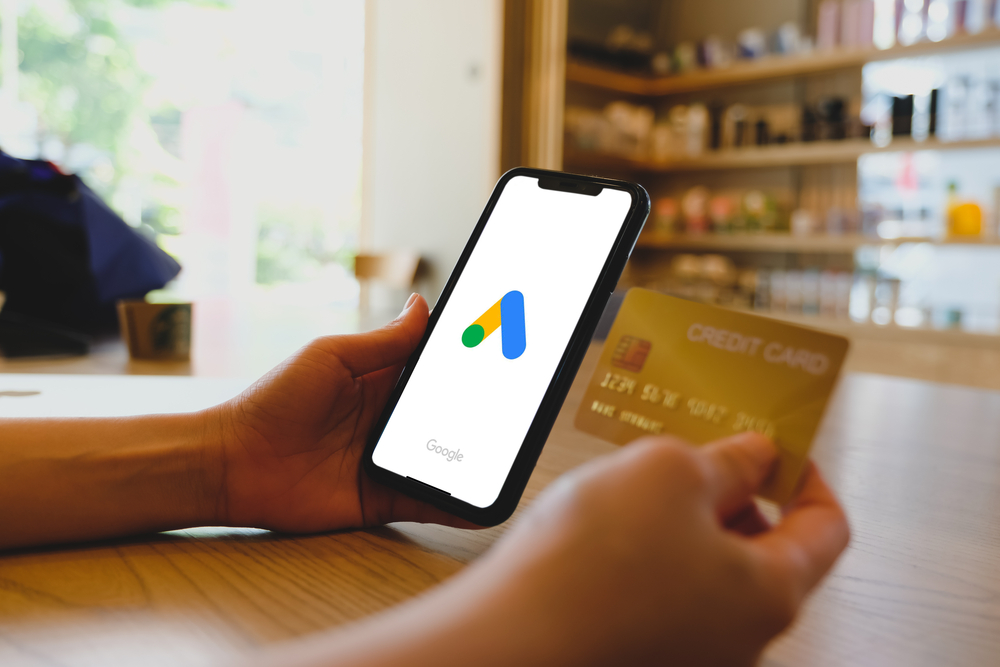
The most common concern regarding Performance Max is whether you should replace your current campaigns with Pmax or not. The simple answer is NO!
Performance Max should be utilized as a complement to your current campaign and not as its replacement. And, because it is a goal-based campaign, it is best employed when you have specified conversion targets and aren’t restricted by which channel your ads show on.
This campaign type is suitable for the following advertisers:
- Advertisers who do not have the time or resources to manage each channel.
- Advertisers who find it challenging to optimize multiple ad kinds for a single location.
- Advertisers with a limited budget but who want exposure to all Google Ads inventory.
- dvertisers with an unlimited budget who wish to reach out to new customer categories.
- Advertisers want to expand into new geo markets.
Performance Max: Benefits and Drawbacks
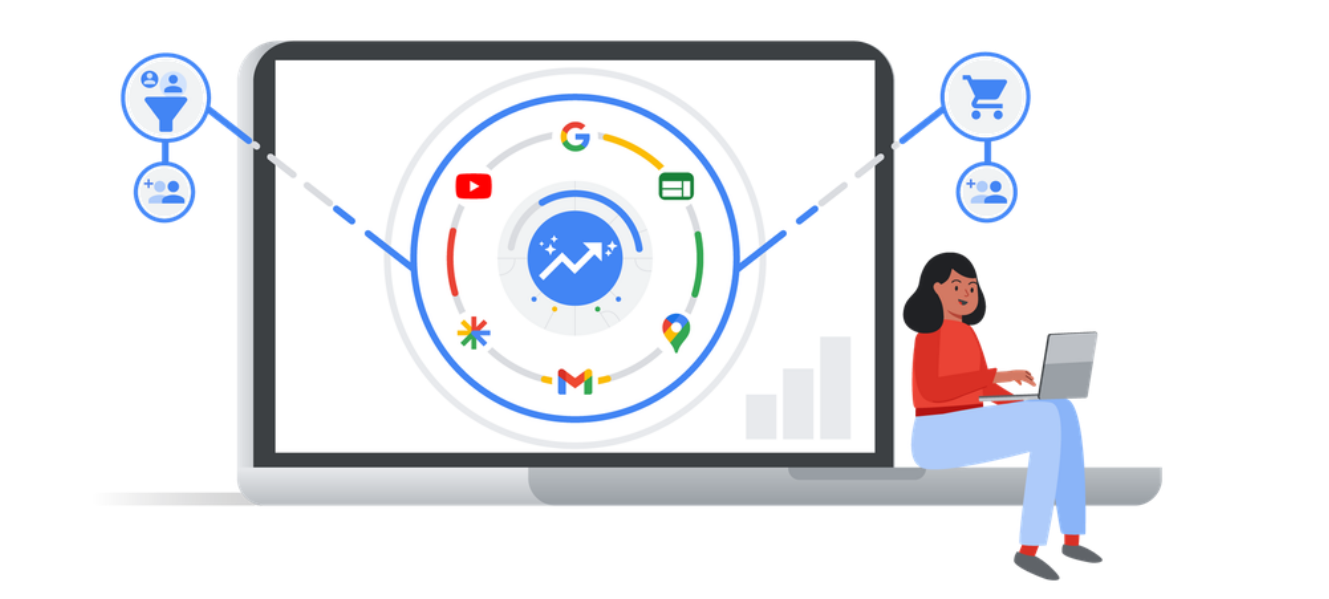
With the rolling out of the Pmax campaign type, the main goal is to make advertising on Google’s networks easier and more accessible. This is appealing to the newbie user who isn’t sure how to use Google Ads and is overwhelmed by the variety of alternatives available.
So, let’s weigh some pros and cons and see if it works, and if so, how well does it function? Let’s start.
Benefits
Easy-to-use for new users
Those who want to avoid the learning curve will be drawn to the concept of one campaign that can fulfill all your marketing objectives without setting up multiple campaigns, making Performance Max an all-in-one perfect bundle for new users.
More scope for trying & testing
Performance Max makes achieving creative optimization, campaign planning, and PPC reporting considerably easier. With a multi-campaign strategy, you can try & test various outputs like responsive search ads, responsive display ads, and so on that, you can create by providing different creative and messages all in one place, making it easier to make strategic marketing decisions.
Easier budget management
Performance Max intends to enhance online leads and conversions by automating budget and bid optimization across all Google platforms, and this might be more effective than a standard search effort.
Better audience Targeting
Performance Max can help you find new audience segments you might have been unaware of using Google’s real-time data on shopper intent and preferences. This can help you get your advertisements to reach more prospective buyers.
Drawbacks
You must have specific objectives.
If your marketing goals, or at least the conversion goals you want Google to optimize for, are unclear, then your Performance Max campaigns might be a disappointment. The chances are high that without a clear, definite goal or objective, it will not perform as well as you’d like.
The same goes for the quality of your advertisements. The AI will not instantly make your advertising better than your competition; instead, you must try to give in the best possible creative inputs for better results.
Less control
Much of the criticism that is going around is that with Pmax doing all the automation jobs can make it hard for advertisers who prefer to have complete control over how their ads or campaigns are delivered; as with automation, you have to let go of control that one might be looking for.
Limited visibility
While Google is gradually adding new reporting options, the general impression here is that getting individual insights on each campaign or asset combination is difficult. You have almost no visibility into channel-specific performance or how your assets are used, making it tough to make meaningful changes to your campaigns or track the performance of each channel.
No device-specific data
Unfortunately, Google has not introduced any device modifiers, and there is no device-specific performance data available to advertisers. This makes it difficult to fully test ads, and there is no way to compare desktop and mobile results.

